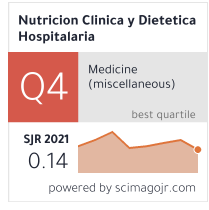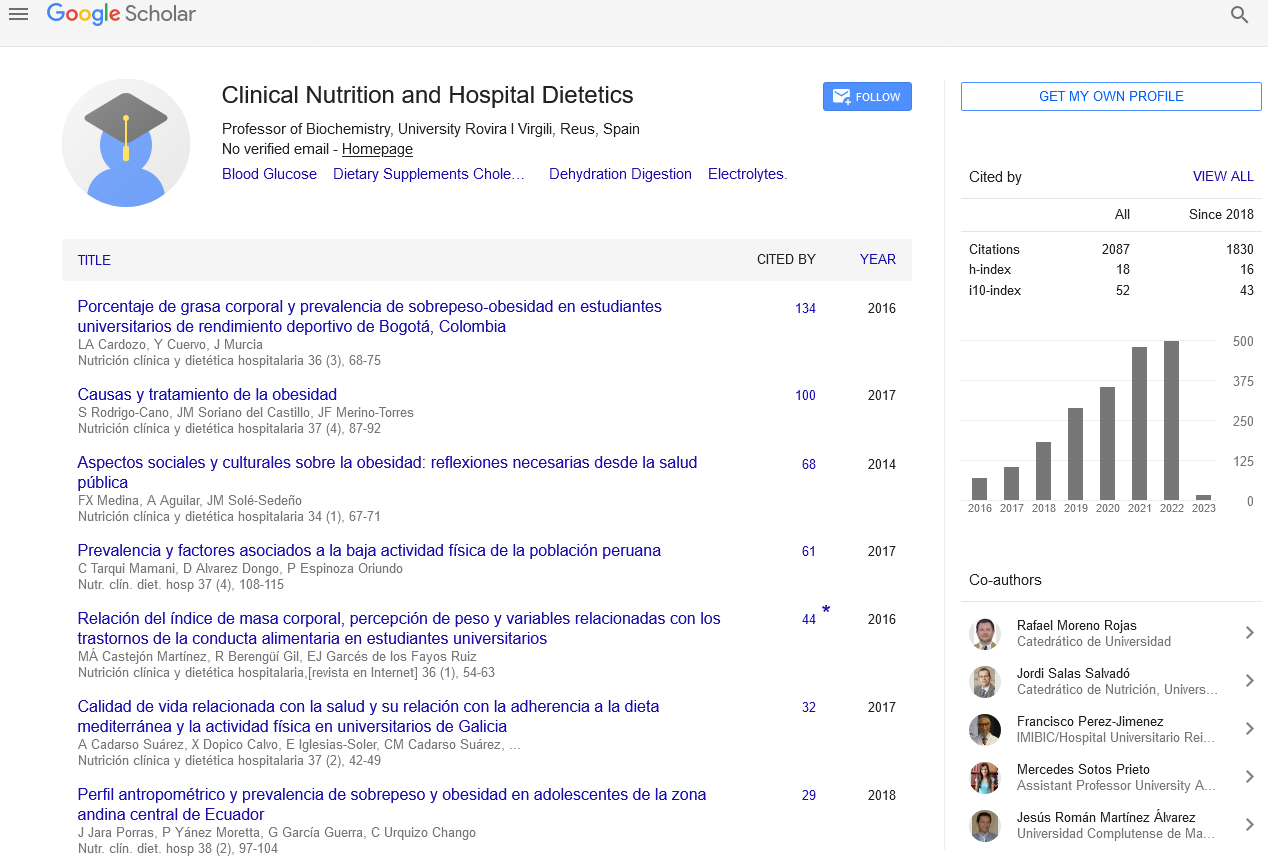Abstract
Exploring purchase intentions of packaged food based on Front of Package Label (FOPL) among adult consumers in Chandigarh: A cross sectional study
Author(s): Sunita Verma, Pritam Halder, Sonu Goel, Rachana Srivastava and Poonam Khanna*
Introduction: Front of Package Food Labels (FOPL) provide information on the nutrients contained in packaged food items, assisting consumers in making healthier food choices during purchase. Objective to explore the purchase intentions based on FOPL of packaged food among adult consumers in Chandigarh, India.
Materials and methods: Pre-tested, semi structured questionnaire was purposively administered among 183 participants residing in Chandigarh at various confectionary stores during the pint of purchase in May-June 2021. This cross-sectional study included sample of commonly used 51 packaged products of four categories including frying oils, snacks (local and branded), sweets and bakery. The detailed information like FSSAI registration no., brand name, package weight, price of the product, list of ingredients, nutritional value (fat, trans fat, carbohydrate, sugar and protein), nutrition information per serving and nutrition information per 100g, and additional claims if any were recorded from the package. Purchase intention of the consumers was documented under personal, product related and external factors.
Results: It was discovered that customer perception of FOPL regarding cost, expiration date, and Manufacturing (Mfg) date was significant; however, relatively few consumers were found to be paying attention to nutritional information. The respondents’ occupation and level of education were associated with the personal factor of label information. The reasons given for not verifying label information included being in a higher age group, being pressed for time, and not understanding the significance of the label. The consumer choice of items was influenced by product related factors such as pricing, brand name, and advertisement. Doctor recommendations on diet compliance are examples of external factors that affect consumer purchasing.
Conclusion: Consumer purchase intention to check the nutritional information on FOPL is low. We recommend launching a global effort to raise awareness of healthcare issues and implementing uniform FOPL. We also advise conducting evidence-based research and community- based clinical trials to investigate the cause and develop appropriate policy guidelines.
Google Scholar citation report
Citations : 2439
Clinical Nutrition and Hospital Dietetics received 2439 citations as per google scholar report
Indexed In
- Google Scholar
- Open J Gate
- Genamics JournalSeek
- Academic Keys
- JournalTOCs
- ResearchBible
- SCOPUS
- Ulrich's Periodicals Directory
- Access to Global Online Research in Agriculture (AGORA)
- Electronic Journals Library
- RefSeek
- Hamdard University
- EBSCO A-Z
- OCLC- WorldCat
- SWB online catalog
- Virtual Library of Biology (vifabio)
- Publons
- MIAR
- Geneva Foundation for Medical Education and Research
- Euro Pub
- Web of Science
Journal Highlights
- Blood Glucose
- Dietary Supplements
- Cholesterol, Dehydration
- Digestion
- Electrolytes
- Clinical Nutrition Studies
- energy balance
- Diet quality
- Clinical Nutrition and Hospital Dietetics




